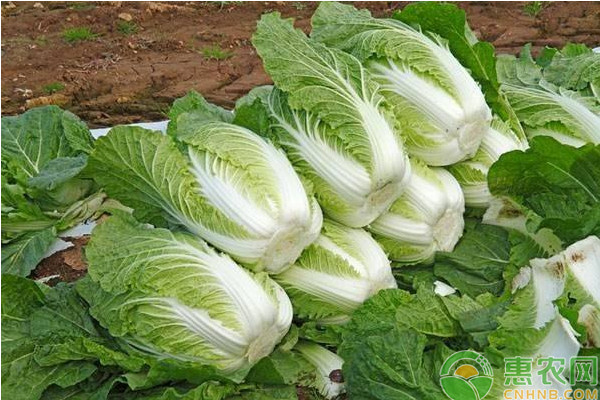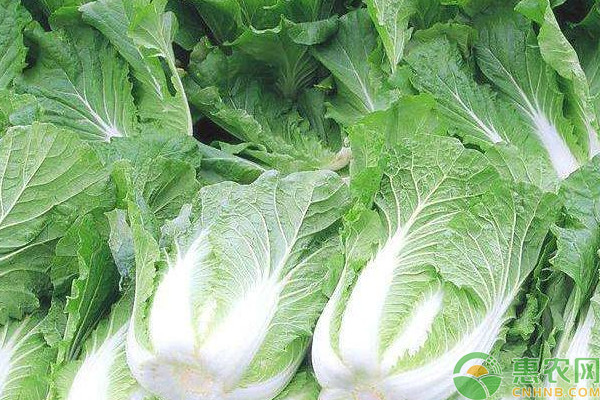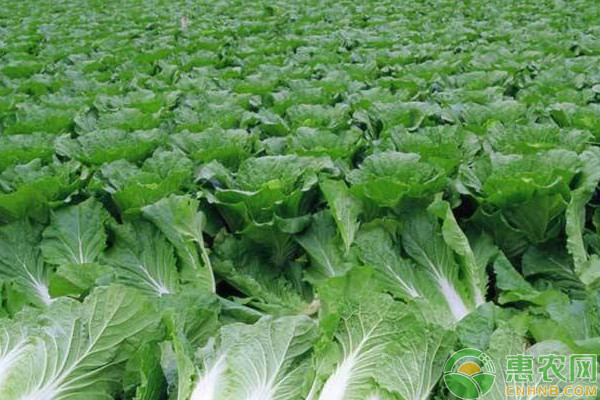Chinese cabbage is very common in the northern regions. Many areas in the north have large-scale cultivation of Chinese cabbage, but pests and diseases often occur during the cultivation of Chinese cabbage. The following are some green pest control technologies for pests and diseases, hoping to be a little bit to the farmers. help.

First, ecological regulation
Rotation
Rotating with non-cruciferous crops.
2. Clean the countryside
Timely clearing crop residues, weeds and agricultural wastes in the field, bringing out the pastoral and centralized treatment, reducing the number of pathogens and insect sources, and reducing the number of pests and diseases from the source.
3. Intensive fertilization
The soil was deeply ploughed before the cruciferous crops were planted, and the soil was turned 25 cm deep and leveled.
Apply enough base fertilizer: Before planting, combine ploughing and ploughing land to apply 4,000kg-5000kg of organic fertilizer per 667m2, pure N3.6kg, P2O56.0kg, K2O 4.8kg~7.2kg. It is advisable to use fully fermented and decomposed farmyard manure for organic fertilizers. 40 kg of Bacillus subtilis bacterial fertilizer.
4. Cultivation of strong seedlings
(1) Variety selection
According to different cultivation types, varieties with strong disease resistance, high quality, high yield and strong resistance are selected. At present, the Chinese cabbage varieties resistant to Fusarium wilt are Beijing New No.1 and No.2. Seed quality: meet the requirements of GB16715.4, and the plant quarantine is qualified.
(2) Seedbed preparation
Before the sowing, combined with turning over the ground, 15kg of farmyard manure per square meter of seedbed, 25g of diammonium phosphate, and 50% methyl thiophanate WP5g or 50% carbendazim WP10g for soil disinfection, leveling kneading, seedbed Spread 15cm-20cm thick nutrient soil.
(3) Seed disinfection
Soak the seeds in warm soup, that is, put the seeds into warm water of 55 °C, that is, 2 parts of boiling water to 1 part of cold water, stir for 15 minutes, naturally cool down, soak for 4 to 6 hours, 55 °C is the lethal temperature of the bacteria, after scalding the seeds, It can basically kill the pathogens on the surface of the seed.
Second, physical and chemical control
Light trapping
An electronic insecticidal lamp is hung every 2hm2-3hm2, and the height from the ground is 1.2m-1.5m, which traps pests such as beet armyworm.

2. Silver ash membrane avoidance
Facility cultivation can lay or suspend the silver-gray membrane to repel pests such as aphids.
3. Sex attractants
By setting up pest attractants, the male adults are trapped, the number of mating of the adult pests is reduced, the amount of eggs is reduced, and the density of the insects in the field is controlled. From colonization to harvesting, 3-5 traps per acre are set, and the horizontal, vertical and oblique rows are neatly arranged according to the distance, the height is 10-20 cm above the crop, and the height of the trap is increased with the crop production. Replace the lure for 20-30 days.
4. Eat lure trap
Use box box trap: dispensing method: bio-feeding agent and water 1:1 ratio, then add 5 grams of insecticide per liter of biological insect attractant, mix well.
Third, biological control
1. Protect and utilize natural natural enemies
Planting honey-producing plant varieties suitable for different periods requires flowering during the bee-keeping period, providing habitats and honey sources for parasitic wasps, and increasing the parasitic rate of parasitic wasps.

2. Biological pesticides
(1) Plutella xylostella, Spodoptera exigua, Bt, Plutella xylostella granulosis virus, Brevibacterium bacillus, plant-derived insecticide, etc., when the insect age is small and the insect amount is low.
(2) Fusarium wilt should focus on soil treatment with Bacillus subtilis before planting and rooting treatment at seedling stage.
Fourth, scientific medication
1. Plutella xylostella, beet armyworm, choose to use chlorfluazuron, chlorantraniliprole, chlorfenapyr, indoxacarb, avermectin, etc.; the control of Plutella xylostella can treat both cabbage caterpillars, cabbage caterpillars alone A pyrethroid such as lambda cyhalothrin may also be used when it occurs.
2. Aphids can use neonicotinoids such as imidacloprid and thiamethoxam, pyrethroids such as beta-cypermethrin and lambda-cyhalothrin, and agents such as spirotetramat and avermectin.
The above is the whole content of the green prevention and control technology of Chinese cabbage pests and diseases. Welcome farmers who have planted Chinese cabbage to come to Huinong.com to learn more!
Chinese Gallnut Extract also known as Chinese gall or nutgalls. It is a plant excretion produced when irritants are released by the larvae of gall insects, such as those of the Cynipidae family, the gall wasps. Oak trees are the major commercial source of medicinal gallnuts.
1. With the function of antioxidant and antimicrobial;
2. With the function of treating chronic diarrhea and dysentery
3. With the function of enhancing immunity.
4.It has the effect on improving the body disease-resistant ability, liver and gastrointestinal systemfunction;
5. With the function of dispelling heat, diuretic, eliminating irritability, cooling blood and detoxification;
Gallnut Extract,Gallnut Extract Powder,Organic Gallnut Extract,Natural Gallnut Extract
Allied Extracts Solutions , https://www.alliedadditives.com